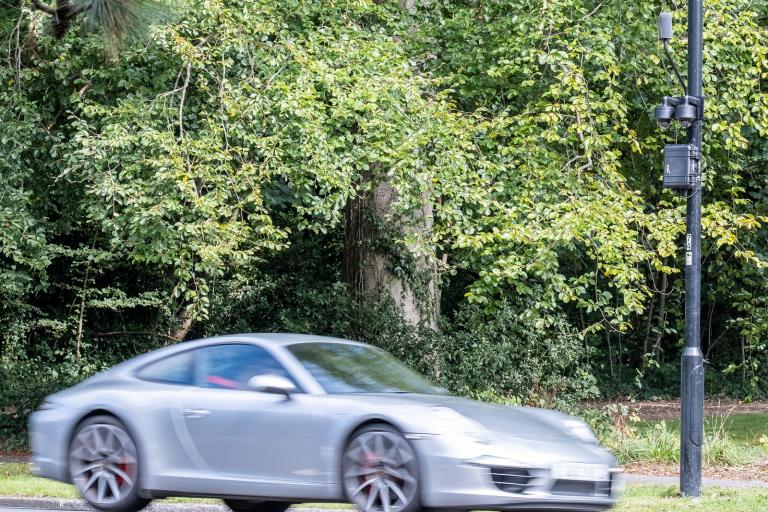Published: Thursday 24 September 2020

Supercar drivers using iconic Sloane Street and the surrounding area as a racetrack could face new punishments, after the Council takes action to curb noisy engine revving in the area.
The famous Chelsea street is a magnet for Lamborghinis and Ferraris, with drivers showing off their cars by cruising the local area, often in convoy. Now Kensington and Chelsea is becoming the first Council to pilot its own noise camera technology to catch drivers who are revving too loudly and disturbing residents and businesses. Persistent offenders will be fined and in extreme cases, on conviction the Council can apply to the Magistrates Court to seize the vehicle.
The move comes in response to complaints from residents. There were 35 reports of nuisance noise in the area from engines revving between June and August 2020.
Lead Member for Transport Cllr Johnny Thalassites said:
“Residents have had enough of drivers using our streets as a racetrack. We have had fines in place for a while now, but this new noise camera technology will make sure we are catching more of the worst offenders. Supercars look good and most drivers are considerate but when they they’re not, it is disruptive and irritating for people living and working in the area.”
The Council introduced a Public Space Protection Order in 2018 and has issued 163 fixed penalty notices. Local policing has been stepped up over summer weekends, to deter supercar drivers gathering in the area. The council originally requested to be part of a government run scheme for noise cameras but when the borough was not selected to take part, it became the first authority to set up noise cameras and run them directly.
The pilot noise cameras were made live on Tuesday 22 September and will store video and sound levels when a filtered sound signal over 80db is detected. When the threshold level is exceeded, the cameras record the sound level and provide detailed footage of the offending vehicle to enable prosecution.
The pilot is being funded by money from the Neighbourhood Community Infrastructure Levy. This is a fund created from payments by developers, who are required to put some money aside for local communities in the areas where they build.
